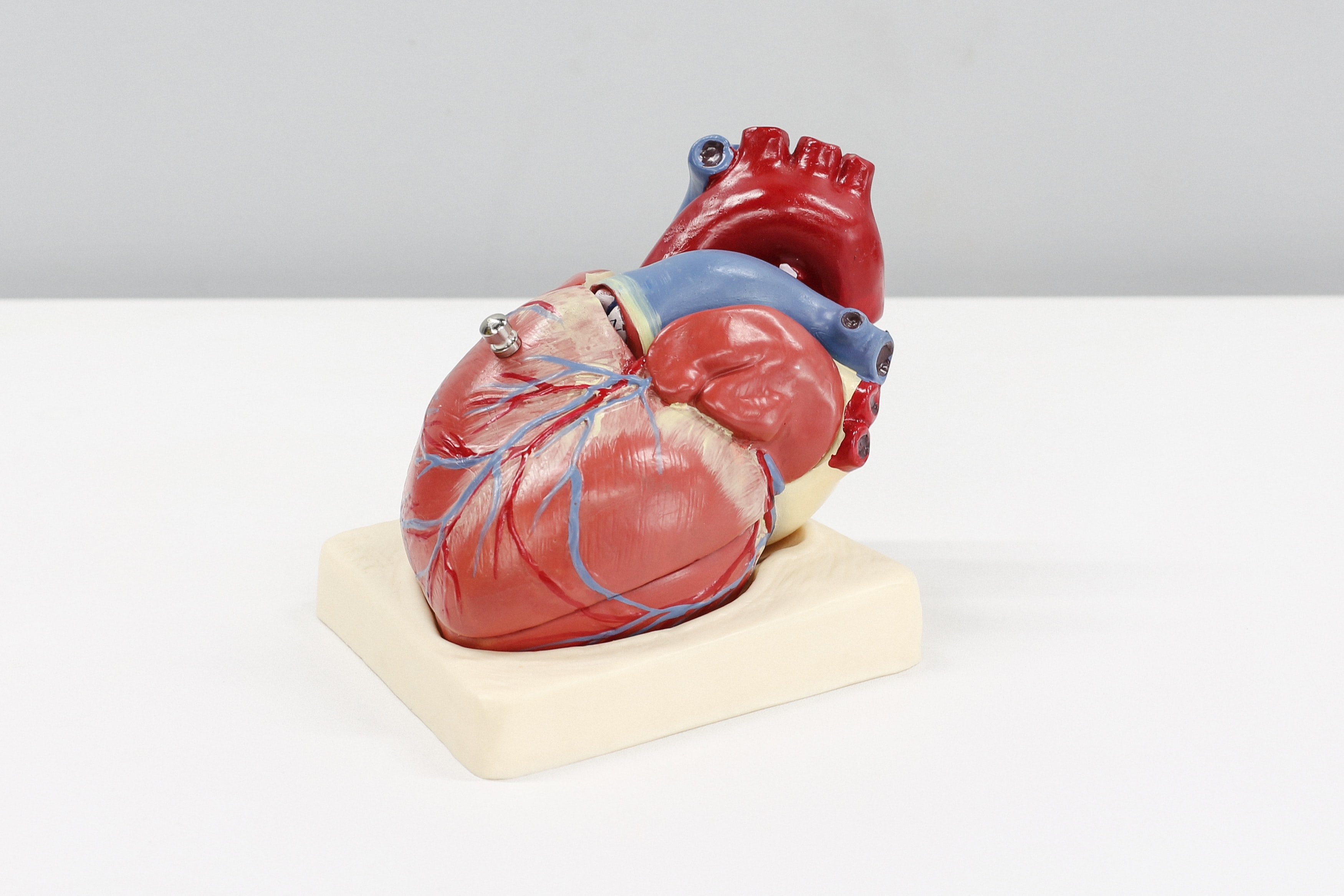Aortic Valve Disease on a Chip
Valve-on-a-chip microfluidic device for study of calcific aortic valve disease pathophysiology and drug targets.
Calcific aortic valve disease (CAVD) is the most common valvular heart disease in the aging population of the developed world. CAVD is a condition in which calcium deposits form in the aortic valve of the heart, narrowing it’s opening and reducing blood flow. As life expectancy increases, so does the incidence of this disease.
The mechanism of this disease is not fully understood, and currently, animal models are the best way to study the pathophysiology of CAVD, but these models can be expensive and take a long time to yield results.
Researchers at Binghamton University have developed a physiologically relevant, high-throughput, microfluidic device to study the disease in vitro. This valve-on-a-chip microfluidic device has been developed using standard, reproducible soft lithography methods. The model uses primary porcine aortic valve cells and an extracellular matrix to mimic early-stage calcifications in humans.
 https://unsplash.com/photos/MhFJNz_D8t4
https://unsplash.com/photos/MhFJNz_D8t4
-
Quicker than animal models
-
Device can function for up to 2 weeks and calcified nodes can be observed as early as 3 days.
-
No addition of external osteogenic factors are needed to induce calcification
- Study of CAVD pathophysiology
- Potential screening method for new drugs/drug combinations against CAVD.
Seeking:
- Joint development partner
- Company commercialization partner
Patent Information:
| App Type |
Country |
Serial No. |
Patent No. |
Patent Status |
File Date |
Issued Date |
Expire Date |
|